How to Store Plastic Sheet Protective Film
2025-08-08
Protective Film Storage Best Practices
Control Storage Temperature and Humidity
Storage areas must be dry and well-ventilated to prevent moisture from contaminating the protective film. Humidity can weaken the adhesive layer and even cause mold, impacting subsequent performance. Avoid extreme temperature fluctuations. Excessively high temperatures can accelerate material aging, while excessively low temperatures can cause the protective film to become brittle, reducing performance. A stable temperature and humidity environment is essential for maintaining the quality of the protective film.
Recommended conditions: 15-25°C (59-77°F) with 40-60% relative humidity
Avoid Direct Sunlight and Strong Light
Store the protective film in a cool, dark place, away from windows or areas of direct sunlight. Ultraviolet rays from sunlight can damage the film's molecular structure, causing it to yellow and become brittle, shortening its lifespan. Prolonged exposure to strong sunlight can prematurely lose the adhesive layer's adhesion, affecting the bonding effect. Choose a warehouse with shade or use a sunshade to minimize the effects of light on the product.
Keep the Packaging Intact and Sealed
Unused protective film must be kept in its original packaging and should not be opened carelessly. Damaged packaging exposes the protective film to air and dust, making the adhesive layer susceptible to contamination and loss of effectiveness. Unopened, unused products should be promptly resealed with airtight bags or tape to isolate them from air and moisture. High-quality, airtight packaging effectively slows down material aging and maintains the protective film's original properties.
Use Proper Stacking Methods
When storing, the protective film should be stacked flat to avoid folding or deformation. Stacking height should be kept low to prevent wrinkling or adhesive shifting due to pressure on the underlying product. Protective films of different types and specifications should be stored separately to avoid mixing and squeezing. When stacking, place a flat pallet underneath to prevent moisture from the floor from affecting product quality.
Keep Away from Pollution Sources and Corrosive Substances
The storage environment should be away from pollutants such as oil, chemical solvents, and other contaminants. Contact with oil can damage the adhesive layer, making it difficult to adhere properly. Also, avoid storing with corrosive substances to prevent chemical gases from corroding the protective film material. Keep the storage area clean and hygienic, and regularly remove dust to minimize the impact of contaminants on the product.
Storage Quality Checklist
- Temperature and humidity controlled environment
- Protected from direct sunlight and UV exposure
- Original packaging intact and properly sealed
- Flat stacking with limited height
- Separation by product type and specification
- Pallets used to prevent floor moisture
- Isolated from pollutants and corrosive substances
- Regular cleaning and maintenance of storage area
You Might Also Like
-
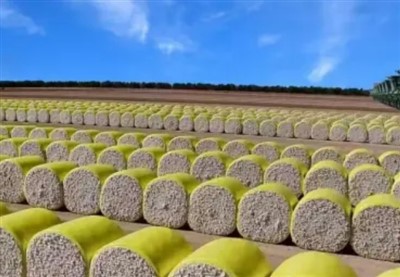
what are the advantages of cotton packaging film
-
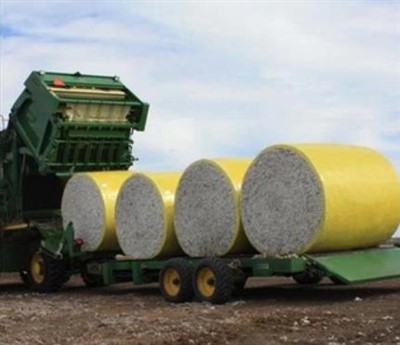
The Advantages of Cotton Wrap Film
-
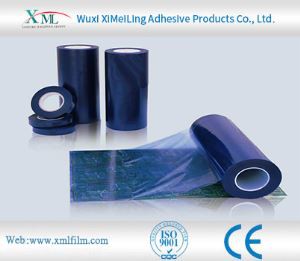
How does pe protective film cope with high temperature environment
-
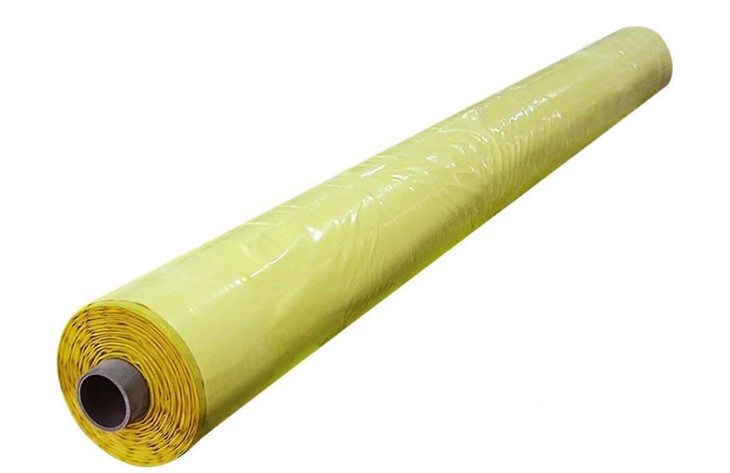
Advantages of Cotton Bale Wrap Film
-
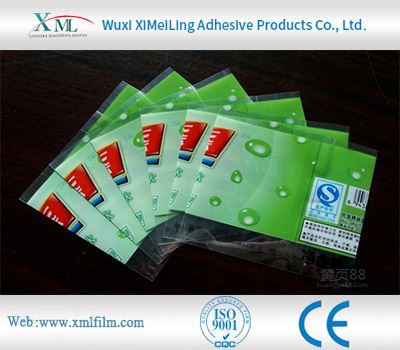
How Polyethylene Packaging Material Copes with High Temperature Environment
-
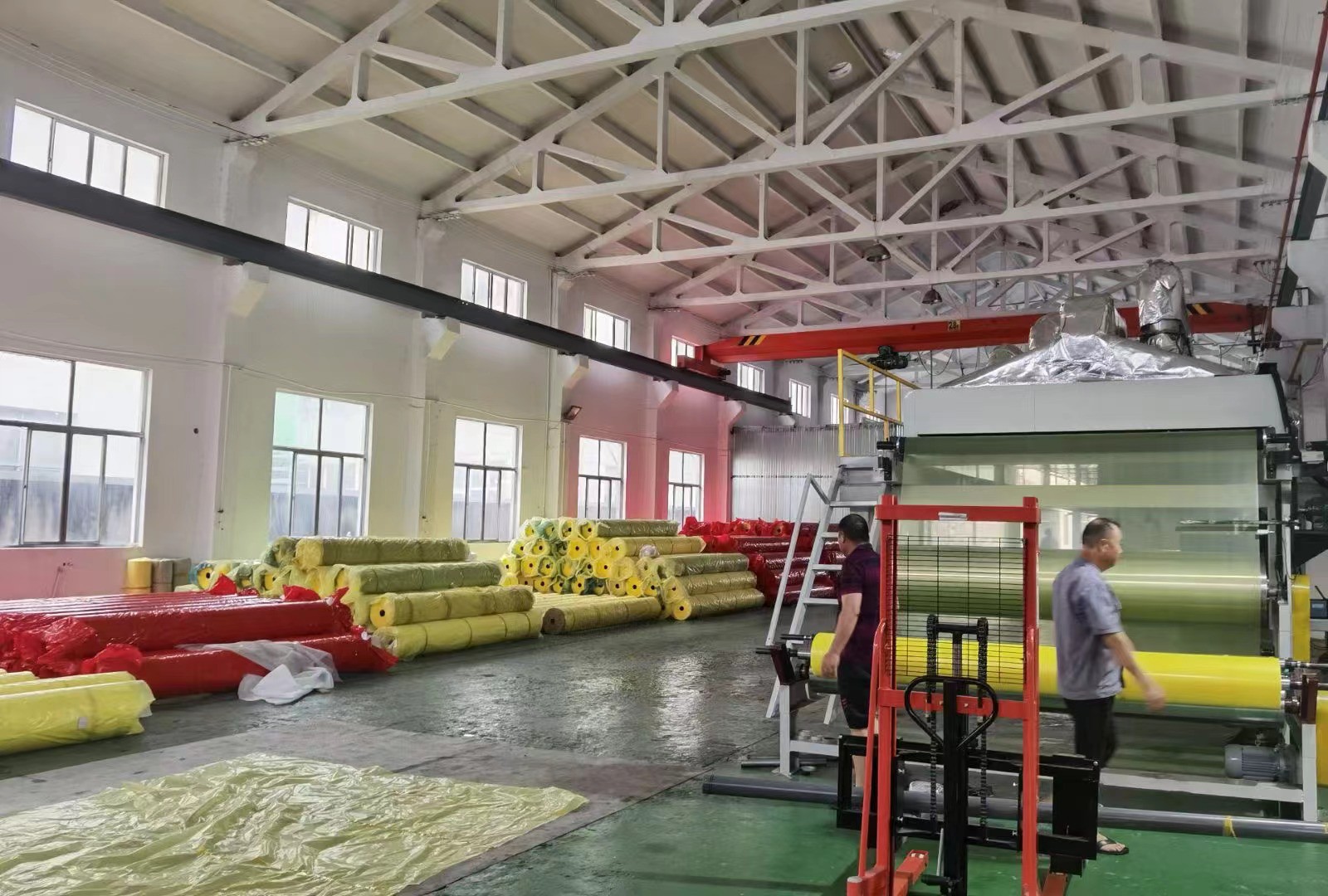
Storage method of cotton bale wrap film
